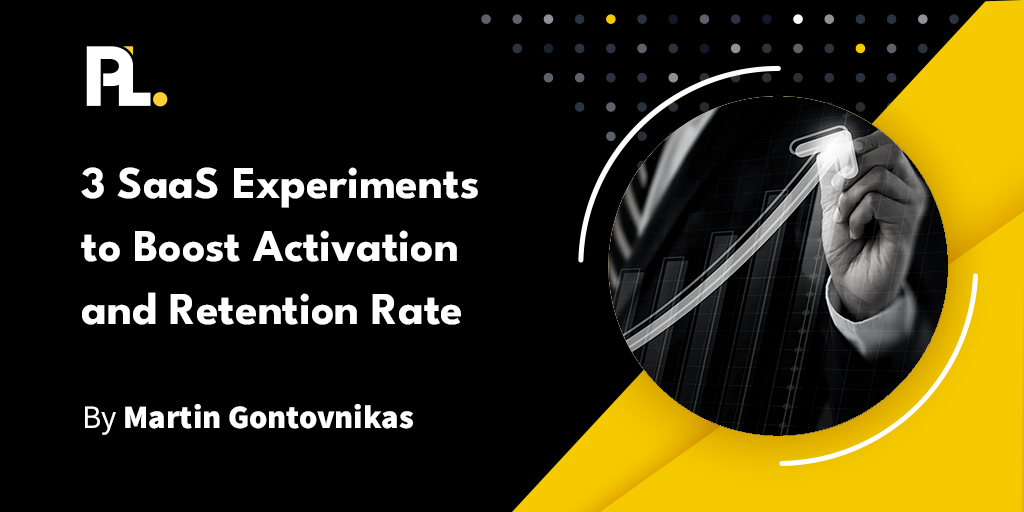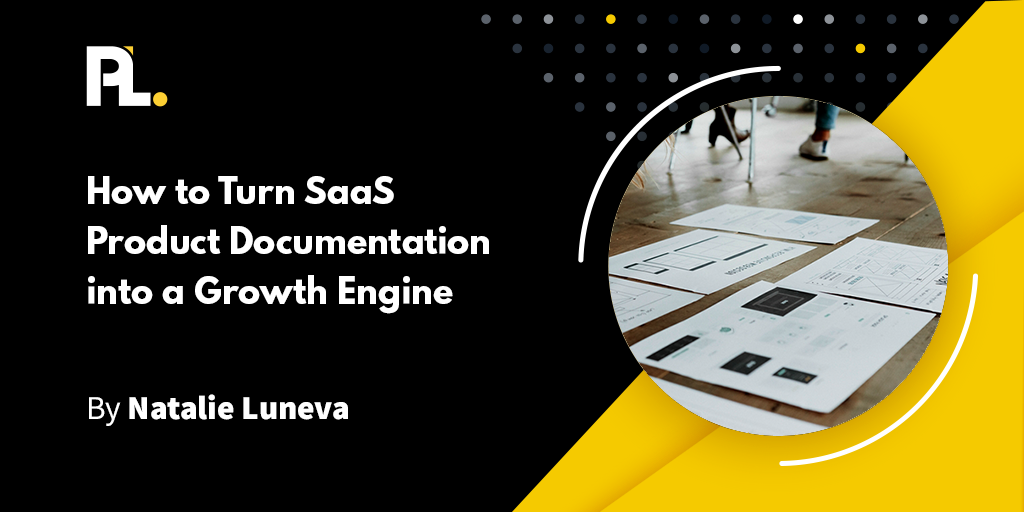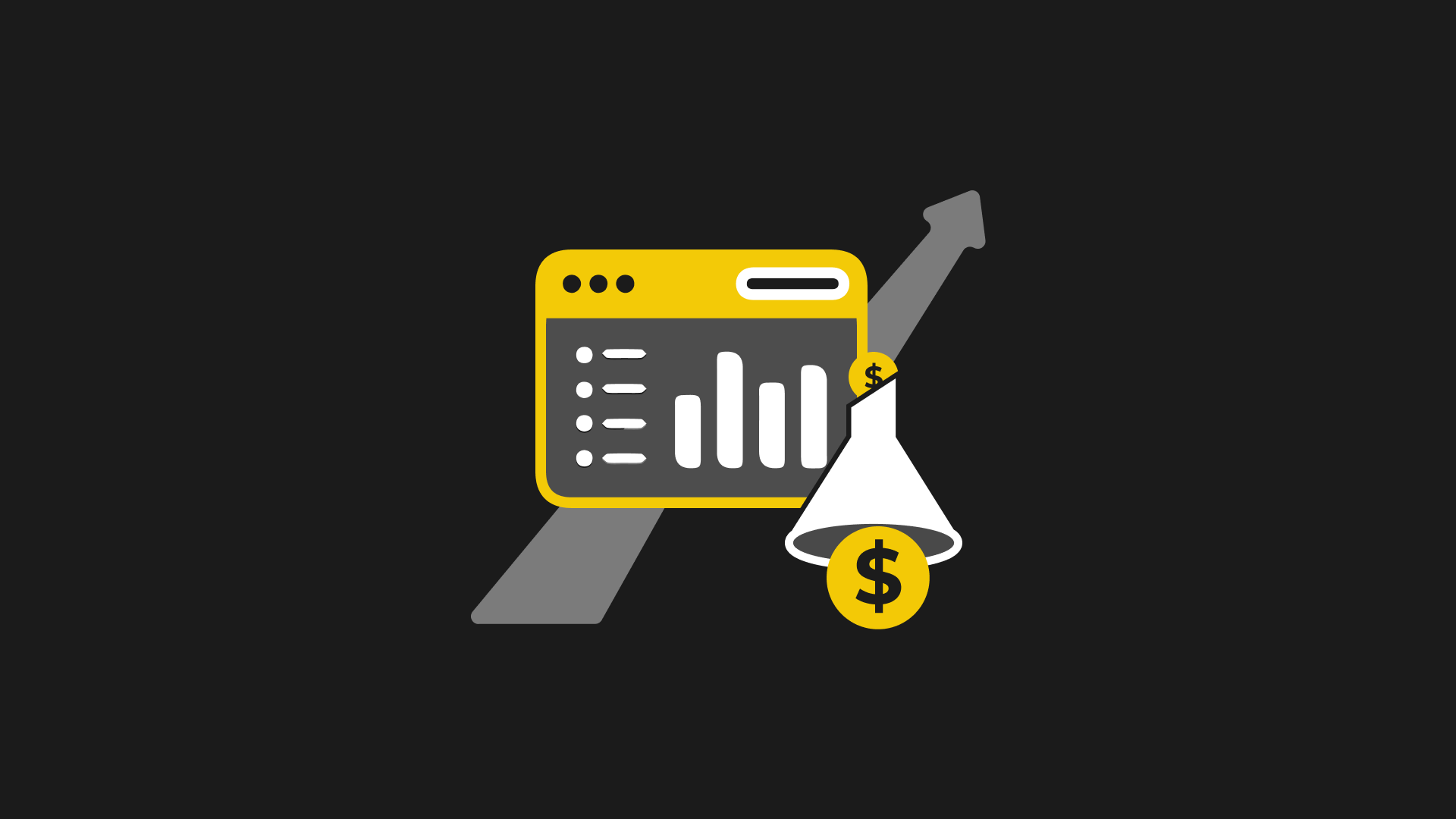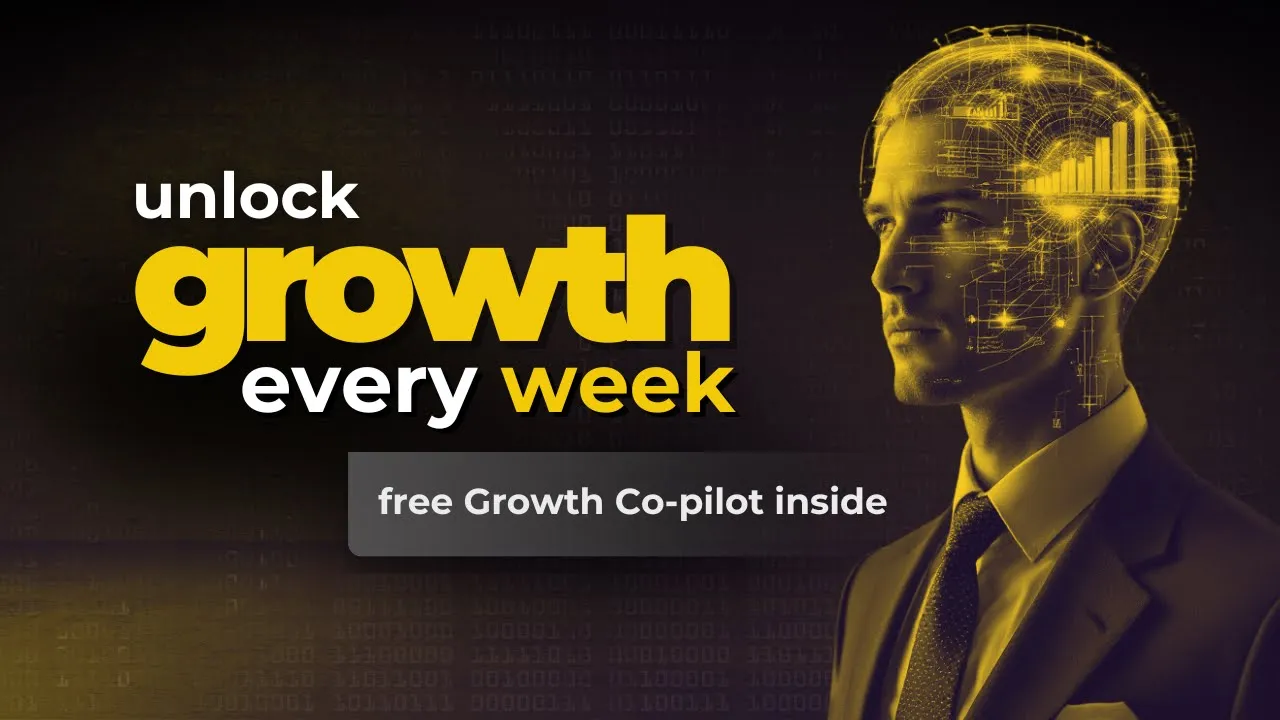
At the heart of SaaS SEO, your goal is to bring the right person to the right page at the right time.
But in the fast-paced world of a SaaS start-up, there are so many moving parts that sometimes the critical elements of a proper SEO strategy get overlooked. That’s why you’ll find some of the best SaaS companies suffer from simple SEO mistakes that cost them hundreds – if not thousands – of potential customers.
But SEO doesn’t work on its own.
Search Engine Optimization needs something to be optimized – and that is content. But if your SaaS content strategy revolves exclusively around your product’s features and benefits, you’ve left yourself with a very limited scope of what SEO can do for you.
That’s why I recommend taking a five-step approach to your content marketing and SaaS SEO strategy.
Step #1: Solve Basic Problems
If you can help solve a prospect’s basic problem with informative blog posts, guides, videos, or infographics, then you should do so. This makes a visitor far more likely to turn to you – and your SaaS solution – to solve their intermediate or advanced problems.
Although there is the temptation to solve a problem by immediately recommending your SaaS features, try to take a step back from selling. Look at what problems you can solve by only using informative content.
This way, you can optimize SaaS SEO around these basic problems, which will give you a far broader reach than limiting yourself only to product features.
For example, you're launching an email marketing platform.
Think of five or six very common questions your target audience is asking. They don’t have to be directly related to your software, but they should be very relevant to your target persona. Such as:
- What is the best time to send a marketing email?
- What is the maximum length for an email subject line?
- How to make sure that my email is compliant with anti-SPAM laws?
- How can I grow my company’s email list?
If you can help someone in the early stages of their user journey, you’ll be considered when it’s time to invest in a new SaaS solution.
Step #2: Help Identify & Solve Hidden Needs
Your future customer may not even realize (yet) that they need what your SaaS product offers.
To help them uncover that hidden need, you can use content to provide guidance that helps them identify, clarify, and understand their needs.
This is where problem-based content can come in very handy to help searchers relate to common problems your SaaS offering can solve.
For example, a SaaS company has a proprietary expense tracking software for business travelers. The visitor may not even be aware of expense tracking software.
But they’re constantly running into issues such as:
- Best way to handle lost travel receipts?
- How to digitally save supporting documents for travel expenses?
- How to reduce the cost of business travel?
By creating content around these pain points, you’re planting the seed that these recurring issues could easily be solved with the right SaaS solution.
Step #3: Comparison Shopping
When potential customers use search engines to locate and compare potential SaaS offerings, make sure you are added to that consideration set.
This is where your features, functions, unique selling proposition, and pricing comes into play.
For example, you are launching a DIY Logo Design app.
You want to be found when people are searching for high commercial intent phrases, such as:
- Best logo.com software
- Logo design software costs
- Logo design software with templates
People who are searching for these high-commercial intent keywords are very valuable to your business, so you want to ensure you are included in those search results.
Step #4: Conversion Behavior
When it’s time to convert a searcher into a user, make sure they find the best path to success quickly and easily. If you currently have a product-led strategy for your product, this would include making sure that this easy-access point into your product can be found on the page where they land.
For example, your company offers a virtual physical platform for video-enabled medical visits.
If someone has made it far enough down the path to want to purchase a SaaS product like yours, bring them directly to the place where they can take that action with as few clicks as possible, such as:
- Download {SaaS Name} Software
- Buy virtual medical appointment software
- Does {SaaS Name} have a Free Trial?
These searchers are on the tipping point of the purchase decision. They may be searching for a product like yours or searching for your product by brand name. Don’t let them trip right at the finish line!
Step #5: User Support
The last chunk of user-centric content and SaaS SEO you’re covering is to provide tools, tips, and tutorials for your newest users to experience value quickly. Make sure this information can be found as easily as possible and is not hidden behind a support desk that can only be accessed behind a paywall.
This is where a well-structured list of support articles will provide valuable, rich, relevant content for your users.
For example, if your SaaS solution provides unique metrics and insights for external campaigns and leads nurture programs for ecommerce websites.
Once the user has been activated on your system, either at a paid or free trial level, make sure they can find all of their user questions. This would include:
- How to set up the software.
- Common FAQs and troubleshooting guides.
- Specific integrations or configurations that are not obvious.
The important thing to remember here is that people will often use Google to search for how-tos and tutorials instead of navigating to your help article database.
Optimizing Your SaaS Content Strategy
Now that you have a core content strategy to tackle the five steps in your typical user’s journey, it’s important to avoid the nine common mistakes that can make that effort be in vain.
SEO Mistake #1: Not Understanding the User’s Search Intent
When you’re doing keyword research, it’s important to understand what your user is hoping to find when they search for a specific term.
Yes, your software may do amazing things – but is that what the user is searching for?
Let’s say that your company offers a SaaS product that automates the process of doing credit checks on potential B2B customers. You discover some high-volume keywords during your keyword research, including “business checks.”

This may feel relevant on the surface, but chances are the people who are searching for these particular terms are actually looking for good, old-fashioned paper checks (which can be verified with a simple google search).

On the flip side, you may decide to position your SaaS as a “Credit Risk Reduction Superhero.” That may sound unique and different, and it looks great on the website. But who is going to search for that?
The point: it’s important to use language that’s relevant to your user.
SEO Mistake #2: Optimizing for the Feature, Not the Problem
Another common issue in the SaaS space is that people are becoming so enamored with the cool things their software can do, and they forget that people don’t buy products.
They buy solutions.
Optimizing around the cool little automations you offer can mean missing an opportunity to talk directly to people trying to find a solution to their problems.
The correct approach lies in finding the sweet spot where these three elements intersect: search volume, intent, and understanding the problem you solve.

The best way to accomplish this is by considering the intent behind the keyword and then providing relevant content for each. This can be done by breaking the intent into the five different core categories:
- Information: People searching for informational terms are typically looking to answer a very specific question. You can target these users by solving basic problems through blog posts or video content. This way, not only are you able to engage with your potential customer, but you can prove your expertise in this area.
- Navigational: With the continued refinement in search algorithms, people often default to using Google to find specific pages or websites. You may find people searching terms to find a specific tutorial or a tip that can help them achieve value faster. Make sure you easily provide this information so users don’t end up frustrated with your product.
- Commercial: These searchers are in the investigation phase of their purchase decision. They have identified their need and are now looking for the right product or service that can fulfill that need. Although these users are further down the pipeline, they may not (yet) be ready to pull out their credit card. This is the phase where you need to make sure you are within that consideration set.
- Transactional: The holy grail of search terms, these users are ready to buy and simply need to find the best company to give their money to. Specific keywords can signal these (e.g., download app, buy online, coupon) or very specific product searches (email marketing platform costs). The ideal place you want to land these users is as close to the purchase funnel as possible. A pricing or package comparison page could be the ideal spot.
- User-Based: SaaS SEO doesn’t end when your user signs up for your SaaS. It’s important to optimize your onboarding, help, and troubleshooting content so that new (and existing) users can find answers quickly and easily. This will speed up the time-to-value and help turn new customers into lifelong advocates.

SEO Mistake #3: Focussing on the Sizzle, Forgetting About the Steak
Similarly, I’ve seen too many SaaS companies focus on the look and feel of their website and completely forget search engines can’t really “see” your fancy images, videos, or animations.
Yes, it’s 2022, and the world has come a long way. But text is still very important when it comes to SEO.
All too often, SaaS companies upload videos, infographics, and more but don’t pay attention to the description of these elements so that users can find them.
For example, if you have a regular podcast that provides tips on how to use your platform, there is a right and a wrong way to code the metadata for that page.
Below are examples (+ a template you can use!) on how to optimize text.
Example: The Wrong Way
Title: Our Podcast #444
Description: Each week, we offer a podcast that showcases tips and ideas on how to make the most of our product, featuring a variety of guest experts.
(which is the same meta description used for every single podcast.)
–
Example: The Right Way
How To Solve {Specific Problem} with {Expert’s Name} {Podcast Name + Date} | {Company Name}
Title: Looking for ways to solve {insert problem}? This week’s podcast, featuring {insert podcast guest expert}, provides 17 tips for {insert how it will solve that}.
–
Of course, you do want to adhere to SaaS SEO best practices, so you need to balance the necessary information against the character limits.
- Meta Titles: Ideal length should be between 55 to 60 characters. Anything more than 60 characters will often get truncated by search engines.
- Meta Descriptions: Aim for a meta description between 155 to 160 characters in length. Longer meta descriptions will be cropped, and shorter ones can mean you’ve left some valuable SERP real estate unused.
Here’s a great example of these in action:

The same concept applies to images.
All too often, images are randomly named “header-image-1” or “infographic-jan-2022” instead of accurately describing the images are.
The image file name, title, alt tag, etc., helps Google understand what the image contains and why it is relevant to the page.
This doesn’t mean you need to (or should) stuff keywords into every image on the page. But if you want an image to appear in the image search results, naming the files correctly will go a long, long way.
For example, this image has a very descriptive name: Best-Email-Marketing-Software.png.
It also happens to be the #1 image result when you search for Email Marketing Software.
In contrast, this image simply named “1-4.png” falls somewhere in the lower wasteland of the search engine results page for that same search.

Of course, the content of the page will help inform Google what that image is likely about, but it’s so much easier when they don’t have to guess.
SEO Mistake #4: Not Understanding the Customer First
Keyword and user research go hand-in-hand when developing your organic search strategy.
Although many SEO specialists will discuss the importance of core vitals, schema coding, robot instructions, etc., the core of Google’s algorithm is to provide content relevant for the user.
It’s nearly impossible to make sure you’re providing this type of content if you don’t really understand who the user is.
What makes them tick? What keeps them up at night? What will they end up searching for at 9 p.m. on a random Tuesday night? If you can answer those questions, you can create a much more dynamic and relevant content strategy to support your SaaS SEO efforts.
Here’s a good article on how to think about understanding your user.
The other problem is writing to attract the wrong user. Yes, there are always plenty of very tempting, high-volume keywords you might want to try to optimize for. But if those keywords are not something your target audience would ever search for, it could be a wasted effort.
Or, the problem they’re trying to solve is too basic, and nobody with the power to sign up for your SaaS product would ever search for that.
For example, suppose your SaaS is targeting purchasing managers. In that case someone who searches for “What is a purchase order?” is probably too early in their career to understand the value your product provides or have the authority to recommend or purchase it.
Or, perhaps what they are searching for is popular among a different audience but not the right fit for you. “How to make a TikTok Video” may be a popular search term, but is it appropriate for a company like Vidyard, which focuses on recording and sending sales videos?
Probably not.
SEO Mistake #5: Delivering Quantity Instead of Quality
Which do you think better represents your software and your brand?
- Well-crafted articles that provide a unique insight or a new piece of information that the reader may not have thought of before.
- A long-winded post that regurgitates the same information that’s been seen over and over and over again on hundreds of other websites.
If you answered #1, congratulations! and keep reading. If you answered #2, you might as well stop reading this article now. You can come back and finish it later when you’ve realized the error of your ways. ????
I am a staunch advocate for the power of a solid and comprehensive content marketing strategy built to provide valuable information to the target customer.
However, businesses often dive into the content, believing it’s all about volume! They insist that they must publish five to 10 articles every single week, and those articles must be 4,000 to 5,000 words in length.
Although it’s true that Google loves fresh content; if you are pushing sub-par articles out the door just to meet an arbitrary number, that could end up backfiring. Limit your content publication to articles that are valuable and relevant to your target reader.
When it comes to article length, there’s an SEO approach called the “Skyscraper Technique.” Basically, this means when you research a particular keyword, you find the highest-ranking articles – and then create something better. (Check out the video below to learn more about the technique.)
.avif)
Although the Skyscraper technique still holds merit in today’s SEO world, the problem is that many people equate “better” to “longer” and simply write more words on the same subject without providing any additional value or information.
This is the SEO equivalent of increasing the font size and the spacing on an essay to meet the 5-page minimum. Sure, it looks bigger – but it’s certainly not better.
Although this might yield some short-term results, one of the truest indications of content value is natural, organic links. If people in your industry find your content valuable, they’ll share it. This can include social media, Reddit, etc.
If you’ve created extremely long content that doesn’t provide any more value than something half its length, all you’ve really achieved is taking some very valuable time away from your readers.
SEO Mistake #6: Ignoring Core SEO Best Practices
Having said the above, I will now put on my “Typical SEO-guy” hat and remind everyone to sweat the small stuff. It amazes me that as recently as last week, I was on a site for a decent-sized SaaS company where the meta tag for their homepage was:
“Home – XYZ Company” (I’ve replaced the company name so as not to embarrass anyone).
Not only does this provide absolutely no value to the company from an organic search standpoint (aside from branded searches), anyone (like me) who notices will immediately question the company's professionalism.
Make sure you have the SaaS SEO basics covered for every page. Grab this checklist today.
SEO Mistake #7: Laser Focus on One Keyword Phrase
Although it’s great to target a popular key phrase, not everyone searches for the same term the same way. It’s far better to use alternatives for a keyword, including synonyms and latent semantic indexing variations than stuffing the exact same keyword into the copy as many times as you possibly can.
Far, far better.
This applies not only to keyword variations but also to long-tail keywords. Although the highest volume always lies in the shorter keywords; the longer the tail, the more relevant the search phrase tends to be.
Let’s take our fictional friends at Travel Tracker App Company. If they are writing an article about tracking and controlling checked luggage costs for business travelers, they might focus on:
- Checked luggage costs
But to expand that out, they could also touch on:
- Cost of checked bags.
- Checked baggage costs.
- How much does it cost to check a bag for business travel?
- How to reduce checked luggage costs for business travelers?
- Checking bags for business travel.
This provides a more holistic view of that subject.
An easy way to check this is with the “Related Searches” within a Google search. How often have you ended up clicking on one of those questions? I know that I have.

By tailoring your content around some of these common questions and problems, you can provide different ways that a potential user can find and engage with your company and its expertise.
SEO Mistake #8: Forgetting About the Outside World
Although it’s great to be obsessed with your software, there is a whole wide world out there! This includes linking to authoritative (but non-competitive) sites within your blog content, as well as seeing what other sites are writing about the same topic.
This goes back, in part, to my earlier comment about how your target customer often has problems that are outside of the scope of your SaaS product. But if you can help them solve some of those problems, you can build trust with that future user before they’ve even signed up for your free trial.

Although I wouldn’t recommend linking to your direct competition, it is advantageous to both your site and your end-user to link to high-value, relevant content from your site.
Of course, you do need to balance the value of providing external links with the usability and conversion factors, such as:
- Never link from high-value, conversion-oriented pages. If the user is in the free trial or purchase flow, you want to limit the number of possible distractions. There might be one or two exceptions to this (such as a trust seal or payment processor), but they are few and far between.
- Limit your external links to a select few on each page. Too many outbound links will siphon off some page quality and make your page look spammy.
- Whenever possible (and whenever it makes sense), open the external link in a new tab or a new window so that the user doesn’t have to leave your site to access that additional information.
- Make sure the destination you are linking to is high-quality, relevant, and trustworthy.
- Avoid linking to another site that is purely focused on the same keyword you are targeting. Use these external links to provide additional information, not the same information from another source.
And finally, use tags to properly identify the links, including:
- Nofollow – this tells the search engines that you don’t want to pass any link authority to the page you have linked. This tag is commonly used to reduce the amount of link value that is passed to external sites but don’t overuse it. Too many “nofollow” external links on a page can signal an attempt to game the algorithm, and that could backfire on you. It can also be used on internal links if you don’t want to dilute the SEO authority of that page by linking to lower-quality pages on your own site.
- Noreferrer – this opens the link but does not provide the referral URL information. It has no real impact on SEO but impacts the analytics of the site you link to (as your traffic won’t show up as a referral).
- Noopener – this tells browsers to open the link without providing access to the webpage that opened the link, which can help protect against phishing attempts.
- Sponsored – If the link is a paid placement from an advertiser or partner, you should mark it as sponsored to stay compliant with Google’s quality guidelines.
- UGC – This tag will identify user-generated content, such as comments on your blog posts. It lets Google know that the content – including the link - was provided by a user and not by the site owners.
SEO Mistake #9: Not realizing that everything on your website is “Content”
Not that long ago, I was working with a company that had an amazing content marketing strategy, with one significant flaw.
Their informative blog articles were second-to-none: deep, rich, relevant, well-researched, and well-written. If someone was searching for valuable, free content on a particular subject related to that niche, chances are they would stumble upon one of their articles.
However, outside of the “blog,” the SEO content strategy was practically non-existent. So much so that many key product pages, company information pages, and other core content areas were near-exact duplicates of each other and/or simply set to “no-index” because it was easier (this can easily be done with a tool like Yoast).

The worst part is that some of the highest-value keywords – those with the most commercial or transactional intent correlation – weren’t getting ranked because those pages had been completely ignored.
Imagine adding a no-index tag to a product page that generates hundreds of thousands of dollars in revenue per year. On purpose!
It seemed that the team didn’t fully understand (until I pointed it out) that everything on the website that a visitor can consume classifies as content and should be optimized accordingly.
With a moderate amount of time and effort, those pages – which were previously nowhere to be found – started ranking at the top of the search results for very high-intent keywords.
The same thing can apply to all other types of content on your website. For example, images should be optimized so that they appear in image searches (e.g., Google Lens) and featured snippets. This is especially handy for Informational intent if you have an infographic that can answer the user’s questions.
Just because it’s not blog text doesn’t mean it doesn’t matter.
Using a site-crawl tool, such as the ones offered by AgencyAnalytics, Moz, SEMRush, Ahrefs, etc., can help you identify low SEO score content that you might have forgotten about.

You should regularly run these crawls and look for issues, including low-text content, no-index content that you’ve linked to, etc.
If the content is valuable enough to deserve a link on your site, it should be optimized and indexed. If the content is not something you want to be indexed, then be purposeful about it by applying nofollow tags to the links and by removing the page from any sitemaps.
Why SEO Matters in the World of SaaS
As the saying goes, your end user’s success will eventually become your success. One of the best ways to help your end-user achieve that success is by letting them find the information and tools they need (both paid and free) to achieve that success.
With over 5 billion searches being performed on Google every single day, if you are not prioritizing your website’s findability, you may be leaving a lot of end-users – and their potential success – on the table.
Join ProductLed Academy to scale your business, faster
Understanding SaaS SEO is only one part of executing a successful acquisition strategy. In ProductLed Academy, we can help you nail down your messaging and create an irresistible offer, so you can gain more signups and build a self-serve model that converts.
This 12-month program is comprised of four components:
- Weekly 60-minute group coaching call with Wes Bush where you'll go through each of the components of the ProductLed Method to master a self-serve model.
- Weekly non-negotiable tasks to keep you accountable.
- Access to an exclusive ProductLed Founder Community so you can meet other ambitious founders and receive support 24/7.
- Access to the ProductLed Vault where you'll gain access to all of our programs (including ProductLed Acquisition), templates, and frameworks.
If you're ready to break through to the next level and move beyond SEO to master your acquisition, be sure to check out ProductLed Academy



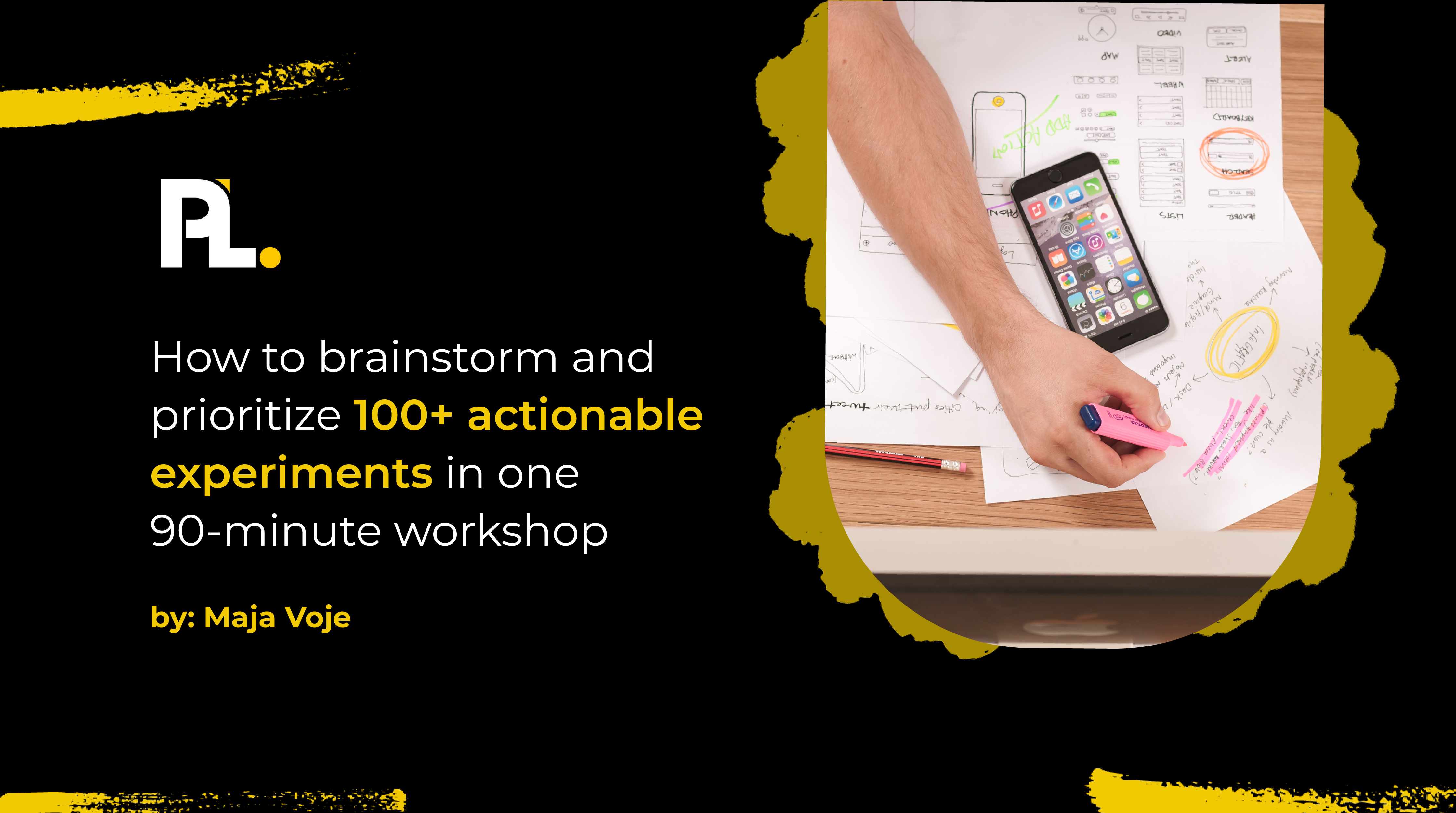
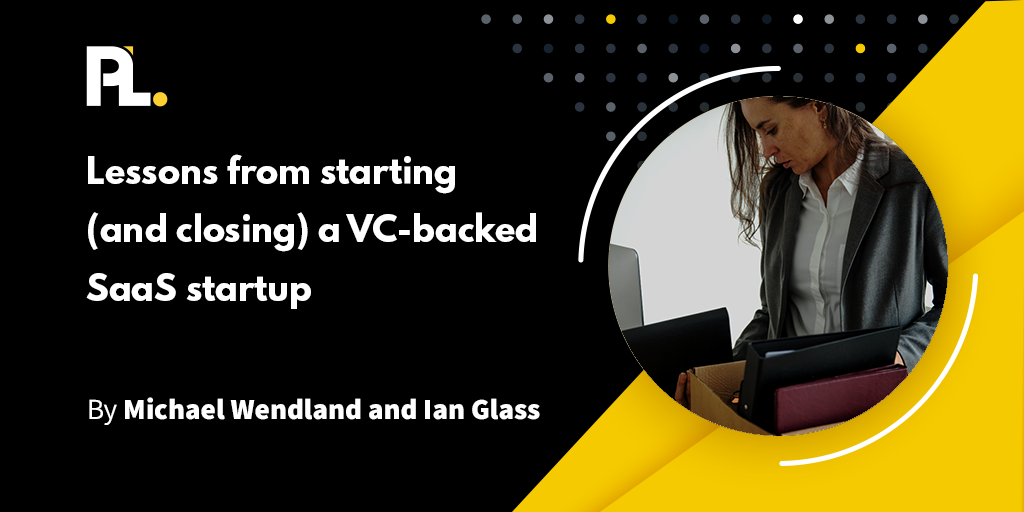
%20(1).png)


